Fast, faster , Nikon Z8
Fast, Faster , Nikon Z8Before I talk about the Nikon Z8, let me briefly describe my tool background;Of the Nikon cams I had D50, D300, D700, D500, D810, DfMy last cam was a Canon EOS R, my entry into the mirrorless world.I really liked the Canon EOS R, but as with my predecessors (with the exception of the Nikon D500), I always struggled with the autofocus, especially at events (weddings, ...), which was no different with the first generation of the EOS R.I focused on two candidates: the excellent Sony A7RV and later the Nikon Z8, which I found more balancedNow it's the Z8.Man, this camera is a real hunk! Although I have big handsit seemed almost too bulky at first. You should take that into account if you have delicate hands.However, a large body means :- with large lenses you have enough grip security.- Plenty of space for control elements- Large screen- Easier to cool.- Coherent with the very generous Z-mount- Distance from handle to lens mount is large enough!Processing : although there were problems with the strap suspensionthe build quality of the body is top! Everything feels solidand very high quality workmanship.Viewfinder : At high contrast/brightness, the electronic viewfinder occasionally looks a little artificial in the picture (this is not necessarily due to the resolution), but you get used to it, otherwise the viewfinder image is very clear, the information is easy to read and smooth.Display : simply great, clear and high-resolution, I personally like the fact that it isnot so freely tiltable, find the Nokon implementation great, self-videosby hand anyway, the cam is simply too big and too heavy.Autofocus! There are a lot of modes (this is due to the fact that the already very fast Expeed 7 reaches its limits when it comes to all the calculations, hence the specializations in the AF modes, and the already fast sensor may not read out fast enough), and that means a learning curve, but no comparison to the previous cams, however, high speeds at 10-20 frames per second need enough light, in the twilight state with moving objects it is often wrong, that may be. might work better with a faster lens.Image quality Resolution : I love the resolution, it never seems to me to be too much or too little. that fits!Image quality noise : high ISO, sure the cam is noisier than a 24MP sensor, but via the Lightroom Denoise the images look as clean with ISO 6400+ (I do max 40% here) as with ISO 100, with hardly any loss of detail, for me a 24mp sensor makes no sense anymore just because of the less noise.Image quality dynamic : I notice with Lightroom that shadow or highlight recovery are not quite as effective as with a Nikon D810 (felt about 85%), but you can also use masking to control specific areas more or less via the exposure, which works very well.Speed: 20 frames/s is more than sufficient for my area of application, the higher the frame rate goes, the smaller the target group of users who actually need this, so a Sony A9III would be out of the question for me. 20 Raws with 46MP/second is great for me.Video : not yet tried, but 4k oversampled and 8k60p speak for themselves.Image stabilization : Unfortunately only 5.5 - 6 stops, I get sharp pictures with 24-120 to 1/8s, 1/2s or even 1s would be fantastic.Image stabilization video: there is supposed to be an additional electronic mode, but I haven't tried it yetShutter : electronic only, welcome to the future ;-) Ultra-fast shutter speeds possible, but unfortunately the flash synchro only works up to 1/200sLens Nikon Z S 24-120 F4 : I had the Nikon-F predecessor on the D700, which was super bulky (because of the stabilizer) and had the imaging properties of a rubber lens. No comparison to the Z version, very compact (no stabilizer), very sharp at aperture F4 already, very nice to use, much more compact and robust than the F version. a real pleasure to work with the lens!A few more things, ...- Basic settings Z8, (B Metering/Exposure, B4 Matrix Metering Face Detection)I have noticed that when I photograph people against a light background, the pictures sometimes become very bright, the whole picture is illuminated based on the face, not bad in itself, but leads to longer exposure times and in extreme cases to the background being so bright that it is beyond the possibilities of highlight recovery (clipping), I would only switch this function on specifically.- I like Auto-Iso very much, as shutter speeds don't become unnecessarily slow in low light, which is important when going from indoors to outdoors and vice versa.Conclusion--------------------------------------------------------------------------------- For whom is the Nikon Z8 rather nothing: for people who need even more resolution, mercilessly more extensive dynamics, less video; then rather go for the Sony A7RV. If the focus is more on photography with less action then a Nikon Z7 (autofocus not at the level of the Sony A7RV or the Nikon Z8 !!!).For me, since I want to get into video later without rolling shutter effect and 4k cropping, the Z8 is the choice; I would even say thatI would even say that the Z8 is almost stronger in the video area in terms of feature balancing between video and photography. (It is therefore the feature mirror image of the Sony A7RV)Looking to the future : Wish list features Nikon Z8II (Expeed 8)Wherever it concerns video in addition to photography, I have marked it--------------------------------------------------------------------------------- Image stabilizer up to 8 stops (so pixel shift handheld possible) (video)- Viewfinder with 5M pixels like the Z6 and a kind of real image vision (like a DSLR, you can no longer tell the difference between electronic/analog)- Fewer af-modes as more intelligent/faster/safer due to significantly higher computing power of the EXPEED 8 and faster readout of autofocus data from the improved sensor (video)- High AF performance even in low light (video)- 30 RAW images per second- Flash sync up to 1/1000- Pixel shift processing faster and incam processing without external tool- Pixel shift with intelligent motion correction as with Sony A7RV- Real-Time Pixel Shift, with 4 overlays, more correct colors, slightly higher resolution, higher dynamic range (only one NEF raw image is created)- a larger battery like that of the Z9 with 3000ma (video)- By no means a higher resolution!- Video is already very good in the Nikon Z8- A bit more dynamic range (video)- 2 CF Express Type B cards, instead of the stupid mix !!! :-D (Video, save 8k/4k 120 on both cards)- A few more autofocus points : 800 stat 500 (video)Outlook Far Future : Computional Image-Processing - more and more Incam will happen--------------------------------------------------------------------------------- Portrait face corrections according to set profiles as with Portrait Pro- Warning when shooting a group of people when some are out-of-focus- Create bokeh like a 1.2 lens on RAW with an 85mm F4.0!- Intelligent Denoise internal on RAW! with quality of Lightroom Denoise or even better with support of Profiles- Film emulsions: e.g. Kodachrome 64 which also have film characteristics not only in color, color space but also softer as on analog film material, with lower resolution (12Mp)Conclusion :-D--------------------------------------------------------------------------------The Nikon Z8 will definitely be the longest lasting cam I've had, it's more than sufficient for my needs for a long time!But the future of camera development also remains exciting. However, there are physical limits that we are getting closer and closer to; there will never be a cam that can produce a bright image without noise in absolute darkness, it just needs a certain number of photons that have to hit the sensor until evaluable pixel information is created.Apart from that, nothing stands in the way of your own creativity in the photo and video sector with a Nikon Z8 ;)PS: if the upload works with the picture here : Nairobi Parklands at night, ISO 1800, 1/8s F4 handheld, post-processed with LR Denoise
Review automatically translated! Show originalSchnell, schneller , Nikon Z8
Schnell, Schneller , Nikon Z8
Bevor ich mich über die Nikon Z8 auslasse, kurz mein Tool-Background;
Von den Nikon Cams hatt ich ich D50, D300, D700, D500, D810, Df
meine letzte Cam war eine Canon EOS R, der Einstieg in die mirrorless world.
Die Canon EOS R gefiel mir sehr gut, aber wie bei meinen Vorgängern (Ausnahme Nikon D500) hatte ich gerade bei Events (Hochzeiten, ...) immer wieder mit dem Autofokus zu kämpfen, das war auch bei der ersten Generation der EOS R nicht anders.
Zwei Kandidaten waren bei mir im Fokus : die hervorragende Sony A7RV und später dann die für mich ausgewogenere Nikon Z8
Jetzt ist es die Z8 geworden.
Mann, die Kamera ist ein echter Brocken! Obwohl ich grosse Hände habe
kam sie mir anfangs fast zu klobig vor. Das sollte man, wenn man zarte Händchen hat berücksichtigen.
Allerdings grosser Body bedeutet :
- bei grossen Linsen hat man genügend Griff-Sicherheit.
- Viel Platz für Kontroll-Elemente
- Grosser Schirm
- Einfacher zu kühlen.
- Stimmig zum sehr grosszügigen Z-Mount
- Abstand von Griff zu Objektiv-Mount ist gross genug!
Verabeitung : obwohl es Probleme mit der Gurtaufhängung gab
ist die Vearbeitungsqulaität des Gehäusses top! Alles fühlt sich solide an
und sehr wertig verarbeitet.
Sucher : Bei hohen Kontrast/Helligkeit wirkt der elektronische Sucher im Bild gelegentlich etwas künstlich (das liegt nicht unbedingt an der Auflösung), aber man gewöhnt sich, ansonsten sehr klares Sucherbild, schön ablesbare Infos und ruckelfrei.
Display : einfach toll, klar und hoch auflösend, Mir pers. gefällt es das es
nicht so frei tilt-bar ist, finde die Nokon-Implemetierung super, Selbst-Videos
per Hand gingen sowieso nicht, die Cam dafür ist einfach zu gross und zu schwer.
Autofokus! : Es gibt sehr viele Modis (das ist dem geschuldet das der schon sehr flotte Expeed 7 was die ganzen Berechnungen angeht schon mal an die Grenzen kommt, deswegen die Spezialisierungen in den AF-Modis, und der schon flotte Sensor vlt nicht schnell genug ausliest), und das bedeutet erst mal eine Lern-Kurve, Kein Vergleich aber zu den vorigen Cams, Allerdings hohe Geschwindigkeiten bei 10-20 Bidder pro Sekunde brauchen genügend Licht, Im Dämmerzustand bei bewegten Objekten liegt er schon öfters daneben, das mag vlt. mit einem lichtstärkeren Objektiv besser funktionieren.
Bildqualität Auflösung : Ich liebe die Auflösung, es erscheint mir nie zu viel oder zu wenig zu sein. das passt!
Bildqualität Rauschen : hohe ISO, Sicher rauscht die Cam mehr als eine 24MP Sensor, aber über das Lightroom Denoise sehen die Bilder mit ISO 6400+ so sauber aus (ich mache hier max 40%) wie mit ISO 100, mit kaum Detail-Verlust, für mich macht ein 24mp Sensor allein des weniger Rauschens keinen Sinn mehr.
Bildqualität Dynamik : Ich merke bei Lightroom das Schatten oder Highlight Recovery nicht ganz so effektiv sind wie bei einer Nikon D810 (gefühlt ca 85%), man kann aber auch über Maskieren, gezielt Bereiche stärker oder weniger über die Exposure aussteuern, das geht sehr sehr gut.
Geschwindigkeit : Für meinen Anwendungsbereich sind 20 Bilder/s mehr als ausreichend, je höher die Bild-Rate geht umso geringer ist der Zielgruppe der User die das tatsächlich benötigen, für mich käme eine Sony A9III deswegen nicht in Frage. 20 Raws mit 46MP/Sekunde ist für mich superklasse.
Video : noch nicht ausprobiert, aber 4k oversampled und 8k60p sprechen für sich.
Bildstabilisierung : Leider nur 5,5 - 6 Stops, ich bekomme mit 24-120 bis 1/8s sicher scharfe Bilder, 1/2s oder gar 1s währen traumhaft.
Bildstabilsierung Video : dort soll es noch einen zus. elektronischen Modus geben, habe ich aber noch nicht ausprobiert
Verschluss : nur elektronisch, willkommen in der Zukunft ;-) Ultrakurze Verschlusszeiten möglich, leider geht aber die Blitzsynchro nur bis 1/200s
Objektiv Nikon Z S 24-120 F4 : Ich habe auf der D700 den Nikon-F Vorgänger drauf gehabt, der war super-klobig (wegen Stabi) und hatte die Abbildungseigenschaften einer Gummi-Linse halt. Kein Vergleich zur Z-Variante, sehr kompakt (kein Stabi) sehr scharf bei Blende F4 schon, Sehr schön zu bedienen, wesentlich kompakter und robuster als die F-Variante. eine wahre Freude mit der Linse zu arbeiten!
Ein paar Dinge noch, ...
- Grundeinstellungen Z8, (B Metering/Exposure, B4 Matrix Metering Face Detection)
Mir ist aufgefallen wenn ich Personen fotografiere gegen hellen Hintergrund dass die Bilder teils sehr hell werden, es wird anhand des Gesichts das ganze Bild ausgeleuchtet, ansich nicht schlecht, führt aber zu längeren Belichtungzeiten und im Extremfall dazu das der Hintergrund so hell ist dass er jenseits der Möglichkeiten des Highlight Recovery liegt (Clipping), diese Funktion würde ich nur gezielt einschalten.
- Auto-Iso gefällt mir sehr gut, da Verschlusszeiten bei geringerem Licht nicht gleich unnötig lang werden, wichtig wenn man von drinnen nach draussen und umgekehrt geht.
Fazit
--------------------------------------------------------------------------------
- Für wen ist die Nikon Z8 eher nichts : für Leute die noch mehr Auflösung brauchen, gnadenlos umfangreichere Dynamik, weniger Video; dann eher zur Sony A7RV greifen. Wenn der Schwerpunkt mehr in der Fotografie mit weniger Action liegt dann eine Nikon Z7 (Autofokus nicht auf dem Level der Sony A7RV oder der Nikon Z8 !!!).
Für mich da ich später in Video möglichst ohne Rolling Shutter Effekt und 4k-Cropping einsteigen will, ist die Z8 die Wahl; Ich würde sogar sagen, dass
die Z8 was das Feature-Balancing zwischen Video und Fotografie angeht fast stärker noch im Video-Bereich ist. (Sie ist damit das Feature-Gegen-Spiegelbild zur Sony A7RV)
Ausblicke in die Zukunft : Wunschliste Features Nikon Z8II (Expeed 8)
Überall dort wo es neben der Fotografie auch zus. Video betrifft habe ich es gekennzeichnet
--------------------------------------------------------------------------------
- Bildstabi bis 8 Stops (damit Pixelshift handgehalten möglich) (Video)
- Sucher mit 5M pixels wie bei der Z6 und so eine Art Real-Image-Vison (wie durch eine DSLR, man erkennt den Unterschied elektronisch/analog nicht mehr)
- Weniger Af-Modes da intelligenter/schneller/sicherer durch wesentlich höhere Rechenleistung des EXPEED 8 und schnelleres Auslesen der Autofokus-Daten aus dem verbesserten Sensor (Video)
- Hohe Af-Performance auch bei weniger Licht (Video)
- 30 Bilder RAW pro Sekunde
- Blitz-Sync bis zu 1/1000
- Pixel-Shift Processing schneller und Incam-Processing ohne externes Tool
- Pixel-Shift mit intelligenter Bewegungs-Korrektur wie bei Sony A7RV
- Real-Time Pixel Shift, mit 4 Overlays, korerktere Farben, leicht höhere Auflösung, höherer Dynamik-Umfang (nur ein NEF-Raw-Image wird erzeugt)
- eine grössere Batterie wie die der Z9 mit 3000ma (Video)
- Auf keinen Fall eine höhere Auflösung!!
- Video ist schon sehr sehr gut in der Nikon Z8
- Ein Häppchen mehr Dynamik-Umfang (Video)
- 2 CF Express Type B Cards, statt der doofen Mischung !! :-D (Video, speichern 8k/4k 120 auf beide Karten)
- Ein paar Autofokus-Pünktchen mehr : 800 stat 500 (Video)
Ausblick Ferne Zukunft : Computional Image-Processing - es wird immer mehr Incam passieren
--------------------------------------------------------------------------------
- Portrait-Gesichts-Korrekturen nach eingestellten Profiles wie bei Portrait Pro
- Warnung bei Aufnahme von einer Gruppe von Menschen, wenn einige Out-Of Focus sind
- Mit einem 85mm F4.0 ein Bokeh wie bei einer 1.2 Linse erzeugen auf RAW!
- Intelligenter Denoise intern auf RAW! mit Qualität des Lightroom Denoise oder sogar besser mit Unterstützung von Profiles
- Film-Emulsionen : z.B. Kodachrome 64 die auch Film-Charakteristik nicht nur an Farbe, Farb-Raum sondern auch weicher sind wie halt auf analogen Film-Material, mit geringerer Auflösung (12Mp)
Fazit-Fazit :-D
--------------------------------------------------------------------------------
Die Nikon Z8 wird bestimmt die längst Verweilzeit haben an Cams die ich schon hatte, Sie ist was meinen Bedarf angeht über lange lange Zeit mehr als ausreichend!
Aber auch die Zukunft bei der Kamera-Entwicklung bleibt spannend. Allerdings gibt es physikalische Grenzen an die wir immer näher ran kommen, eine Cam die bei absoluter Dunkelheit eine helles Bild ohne Rauschen erzeugen kann wird es nie geben, es braucht halt schon eine gewisse Anzahl Photonen die auf den Sensor aufschlagen müssen, bis eine auswertbare Pixel-Information entsteht.
Abgesehen davon steht der eigenen Kreativität im Foto und Video-Bereich schon jetzt mit einer Nikon Z8 uneingeschränkt nichts mehr im Wege ;)
PS.: falls der Upload mit dem Bild hier klappt : Nairobi Parklands bei Nacht, ISO 1800, 1/8s F4 hand gehalten, mit LR Denoise nachbearbeitet
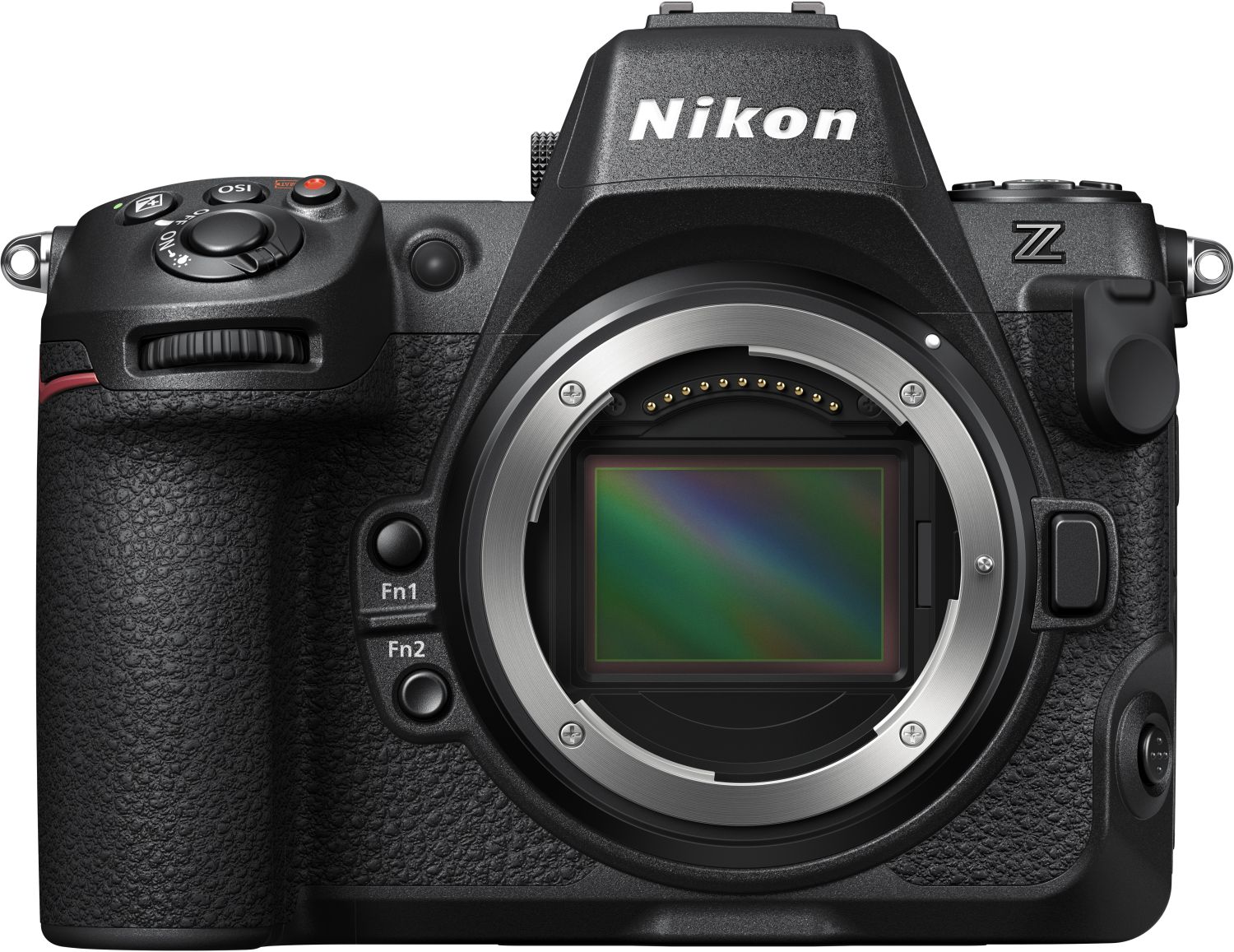
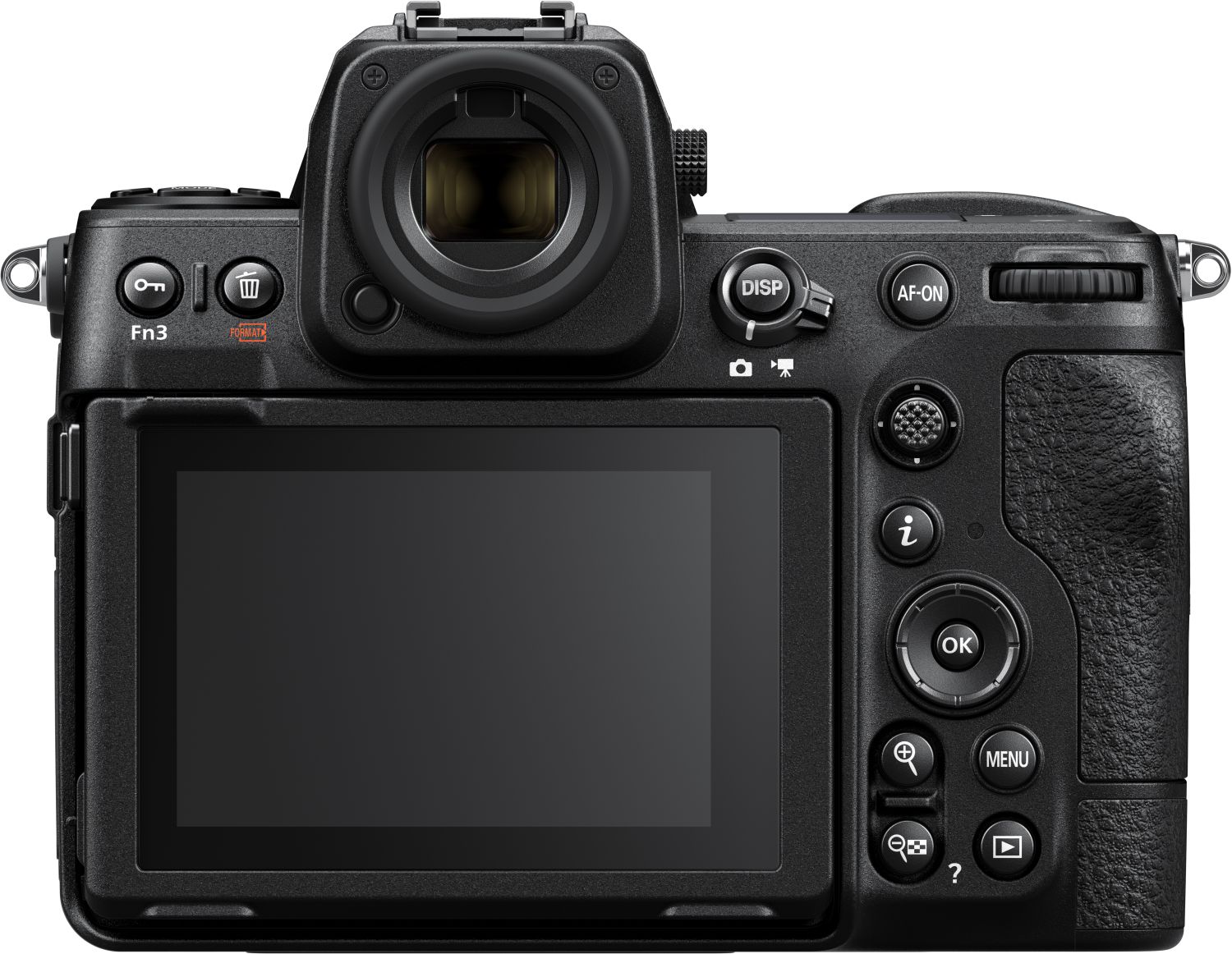
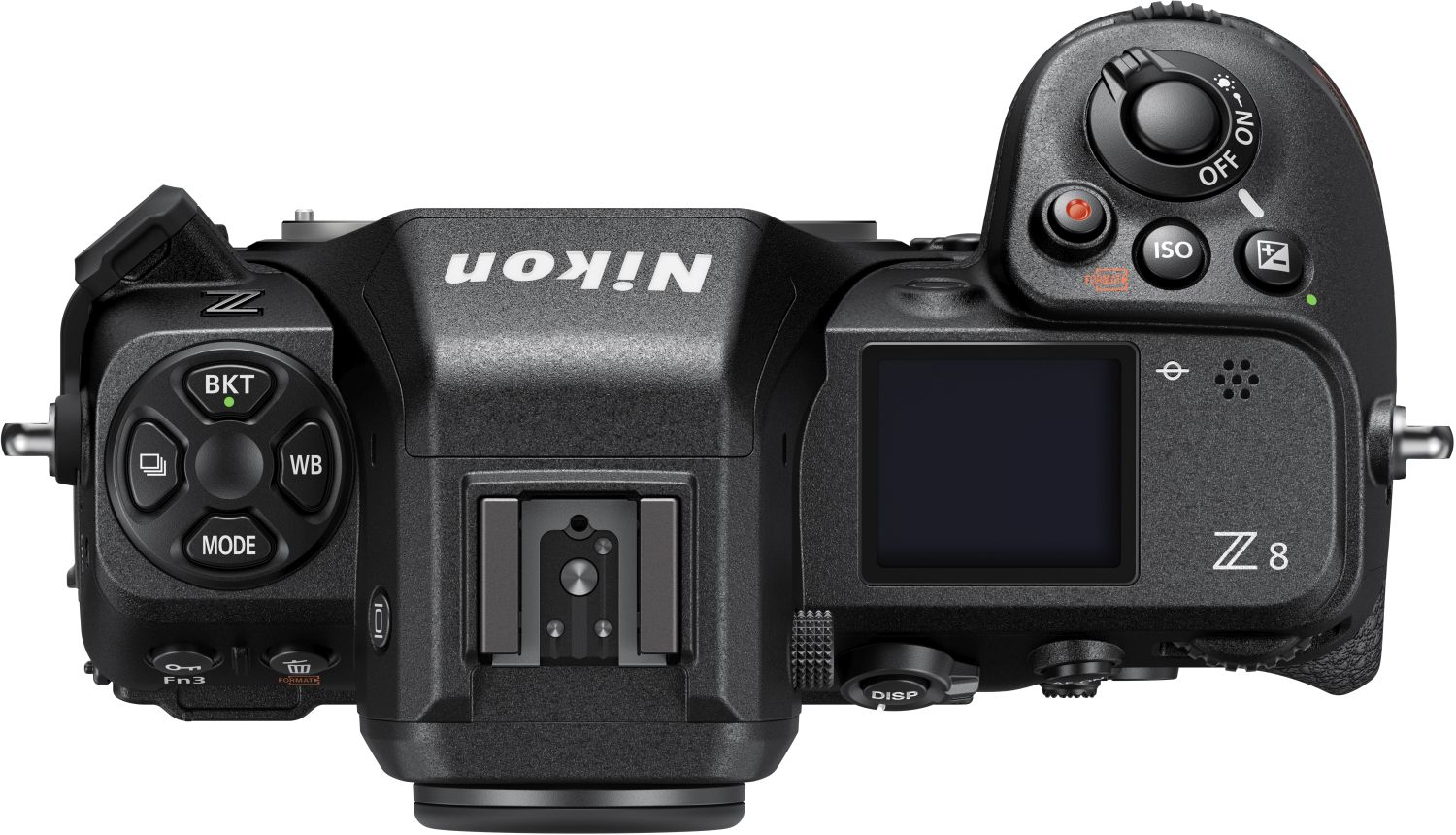

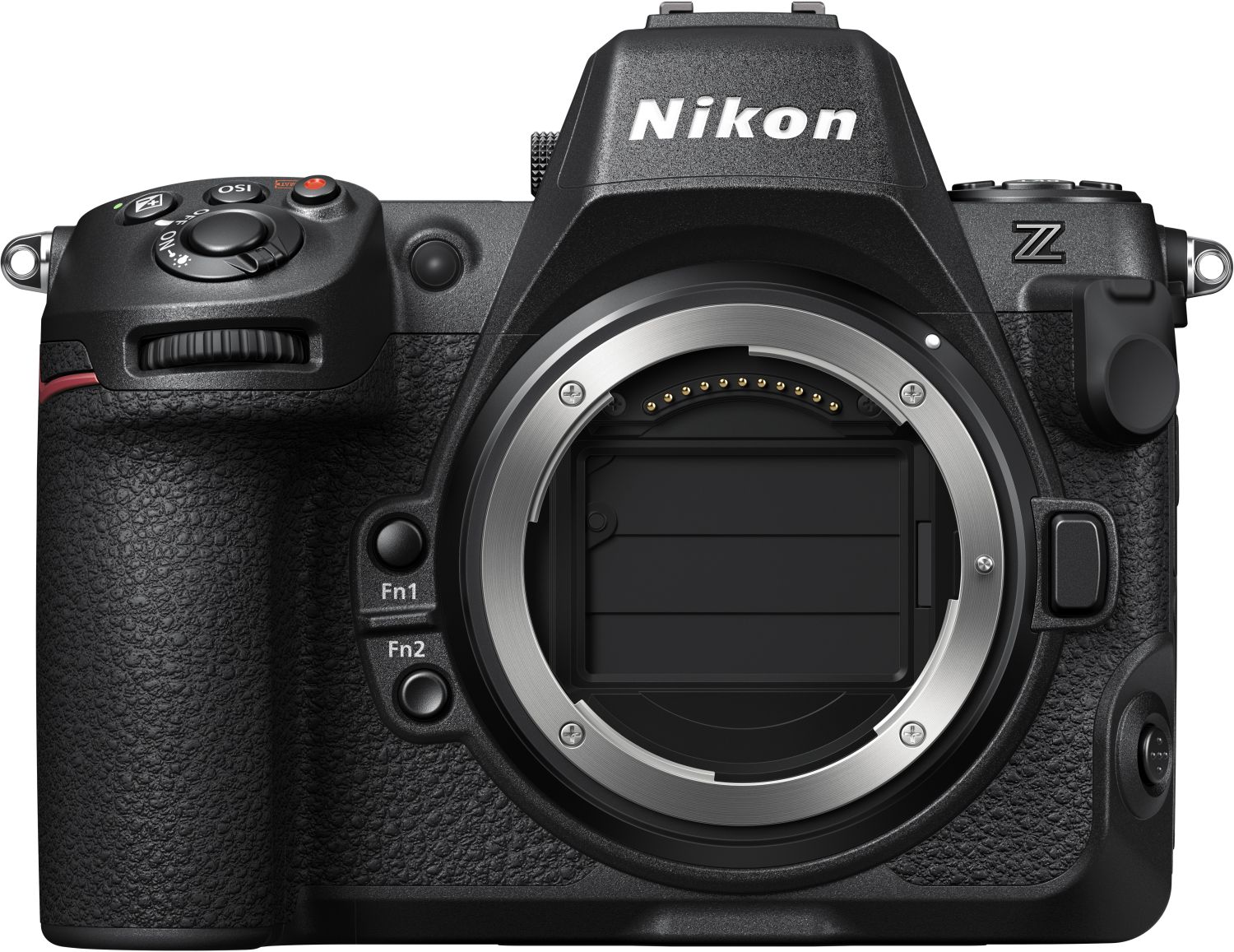
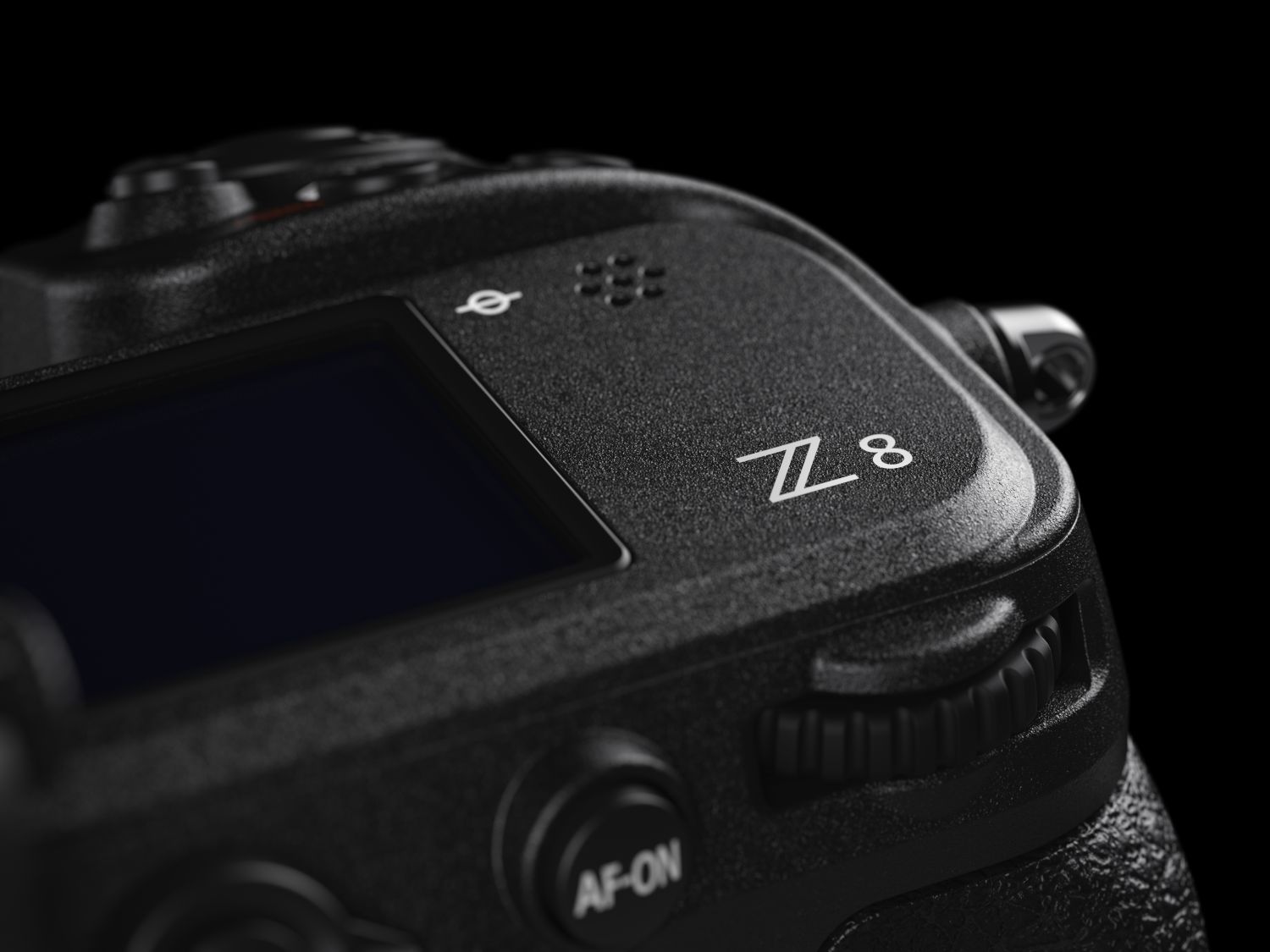
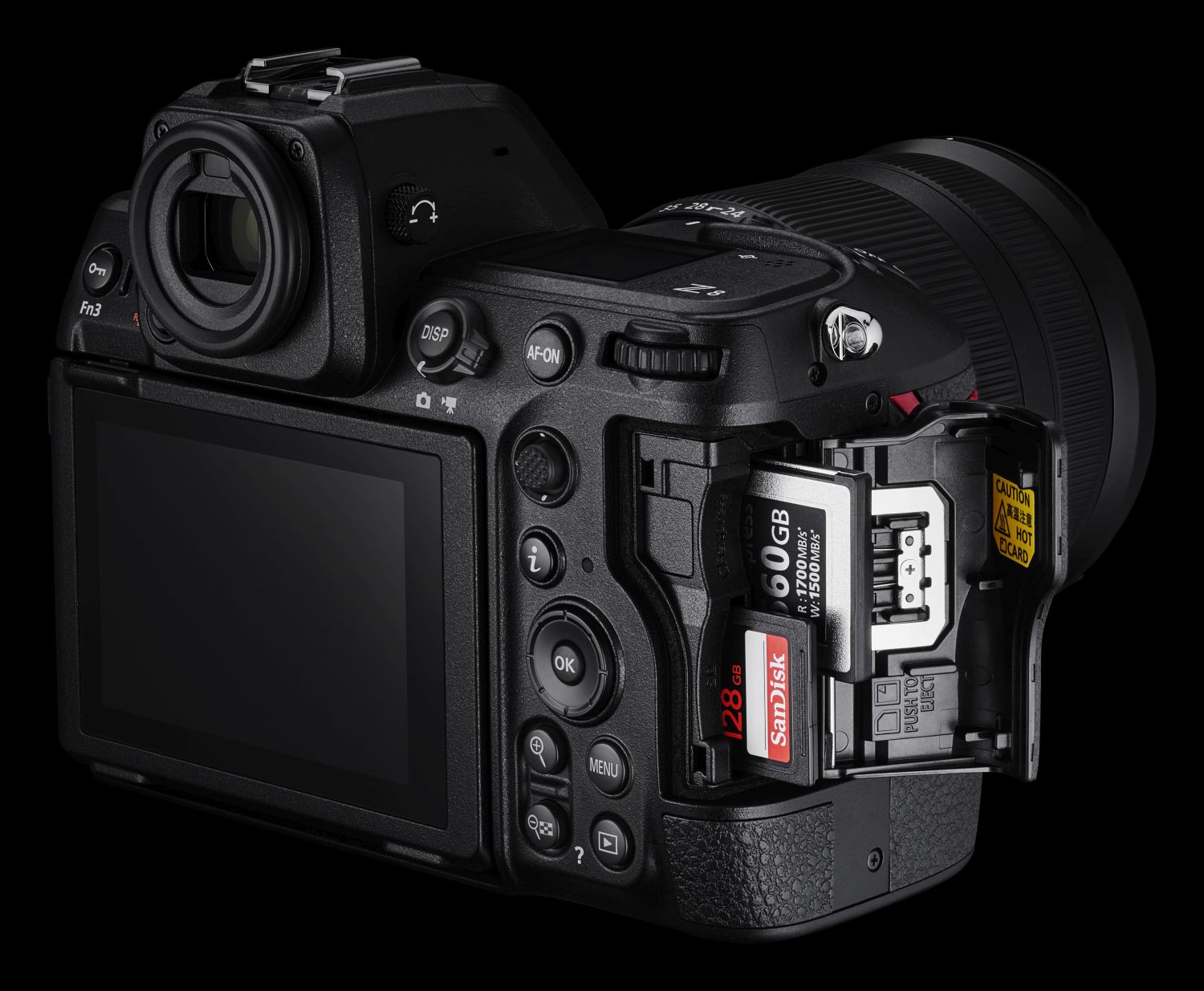
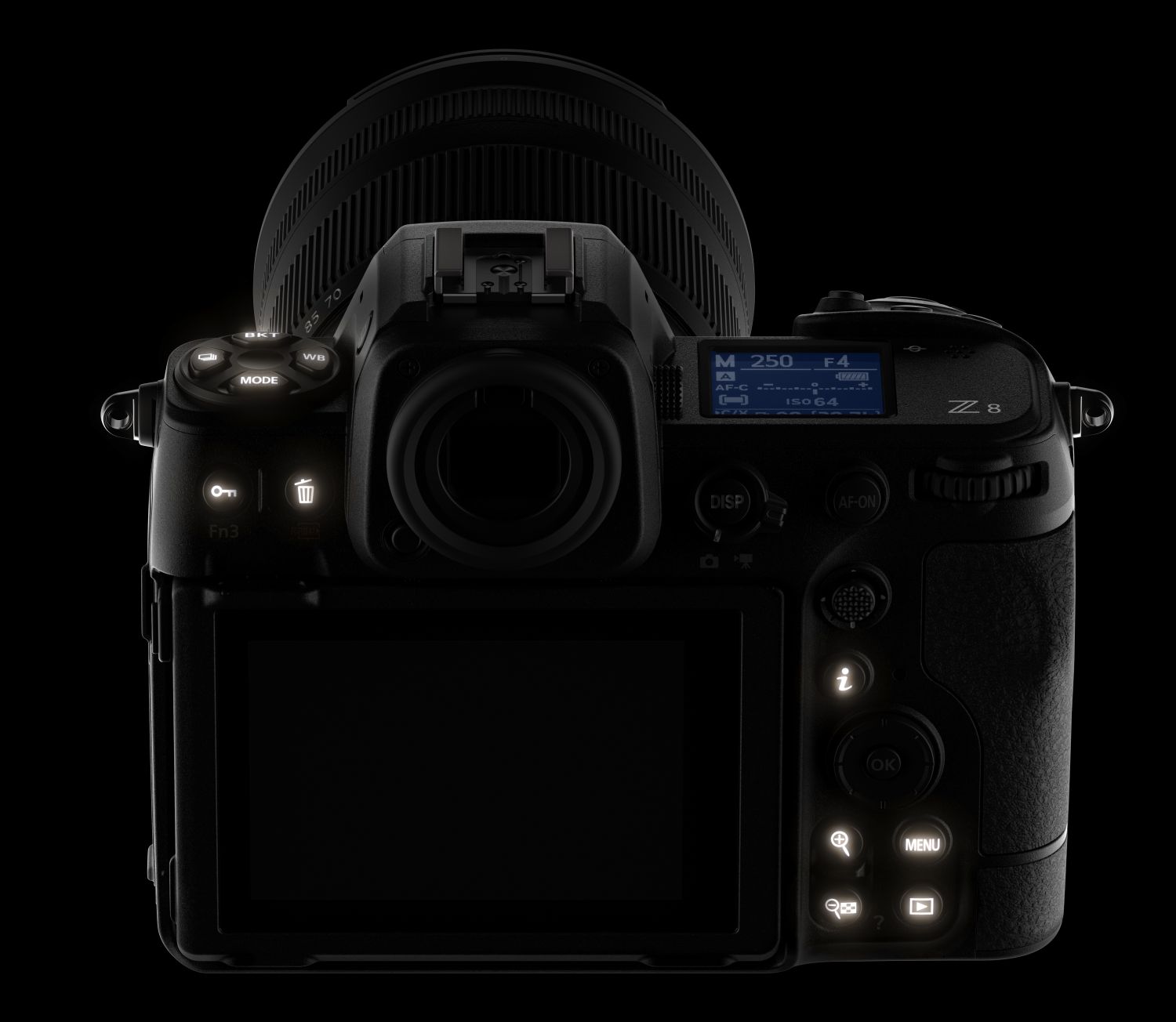
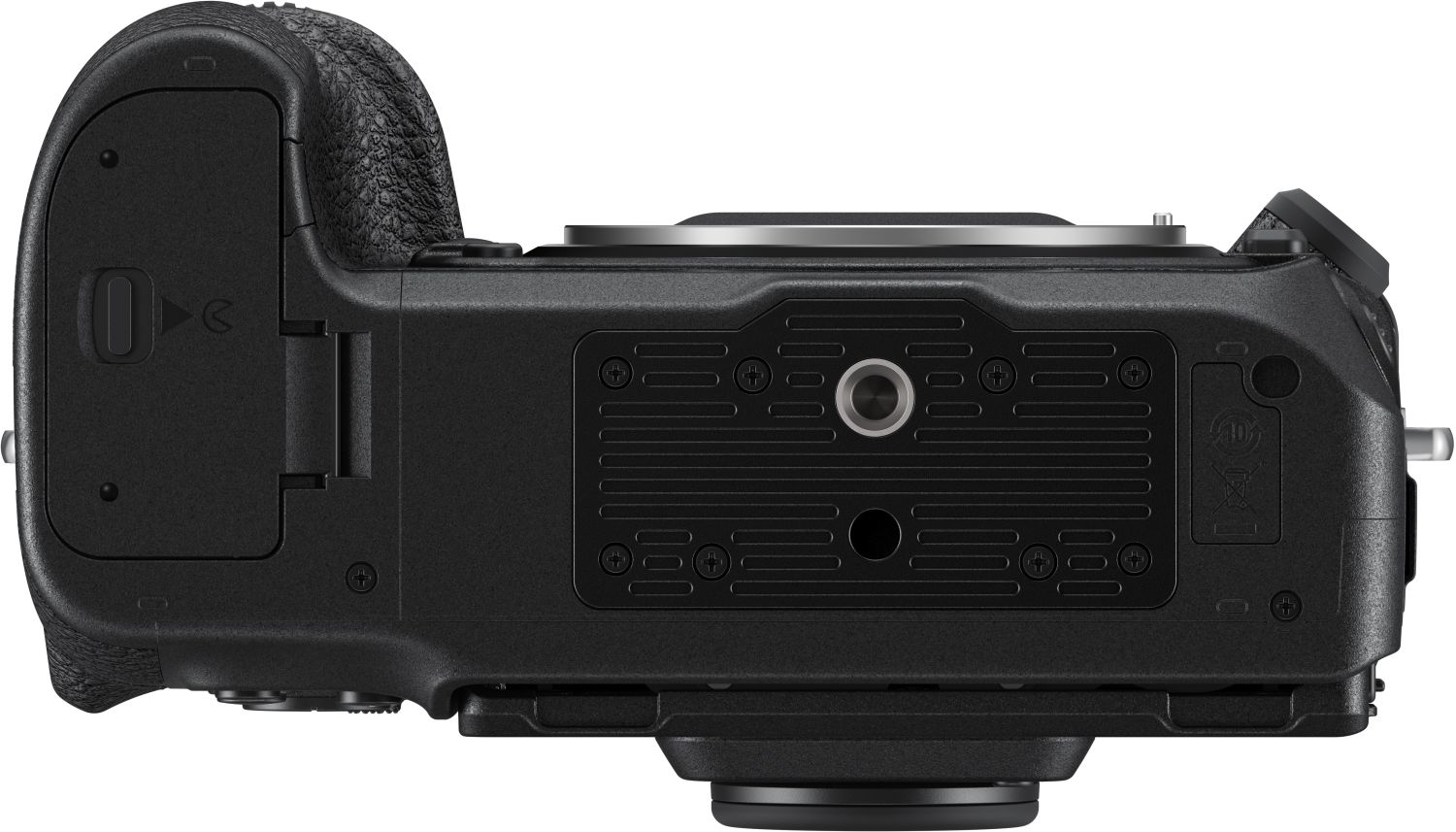
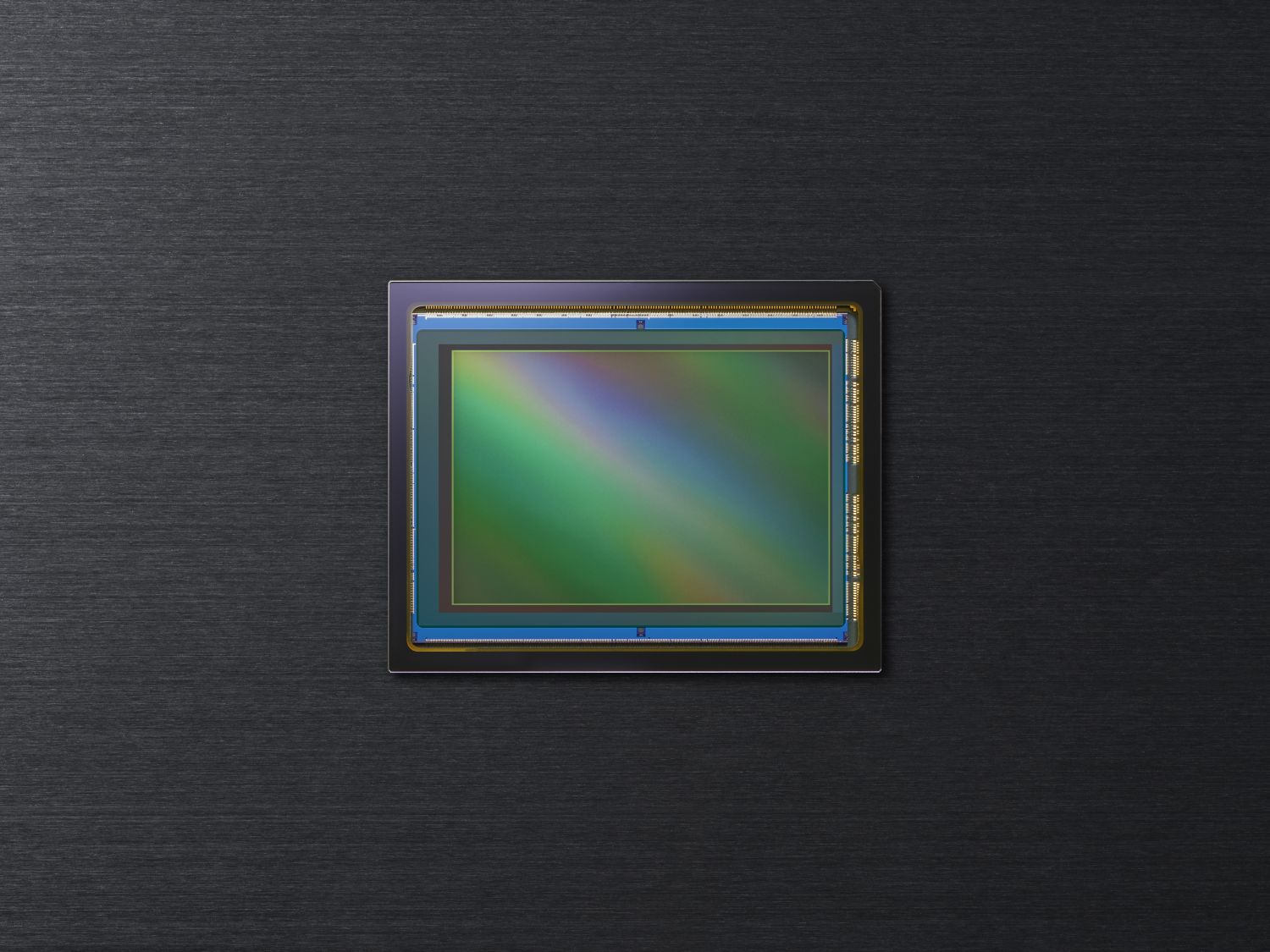
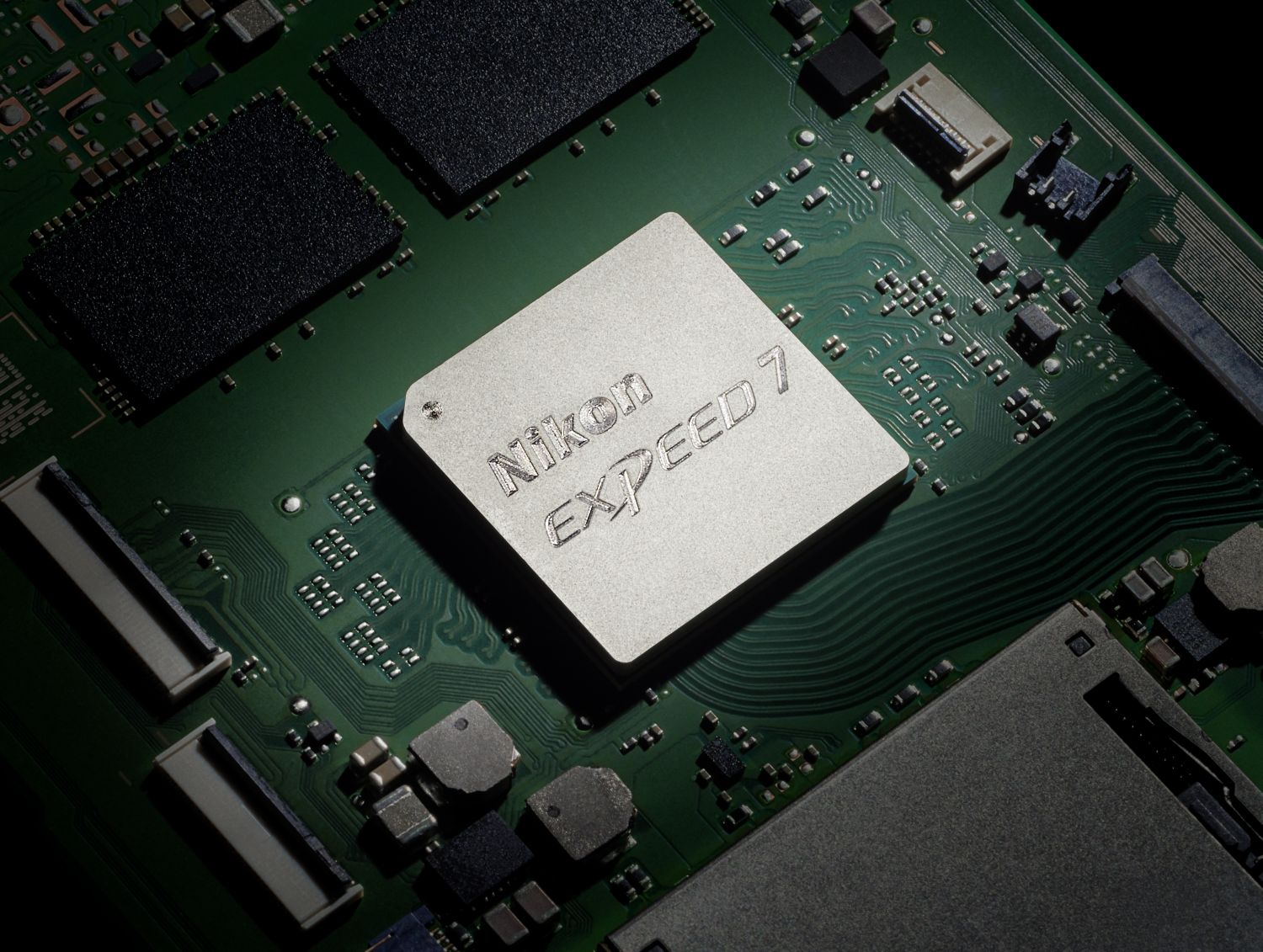
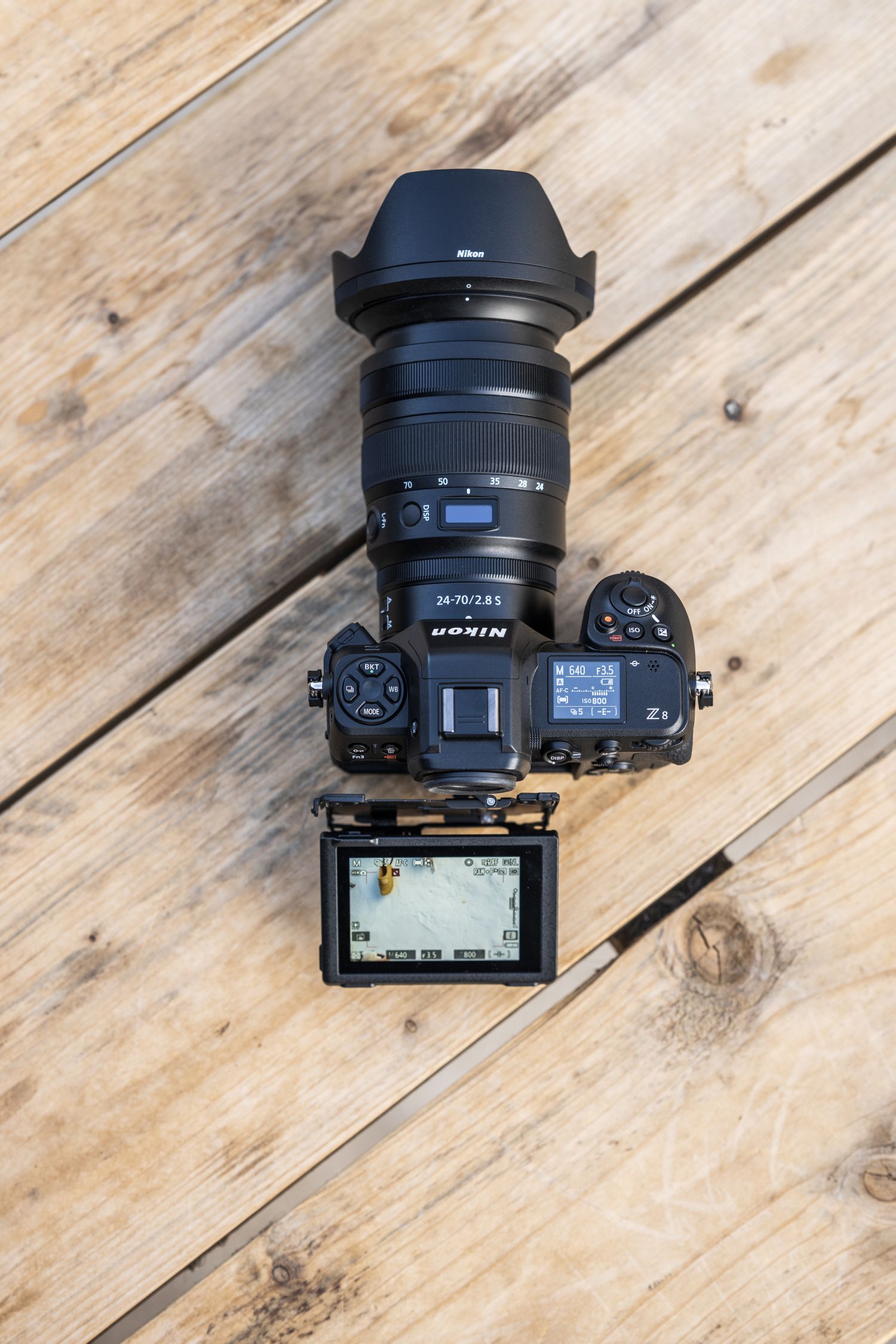
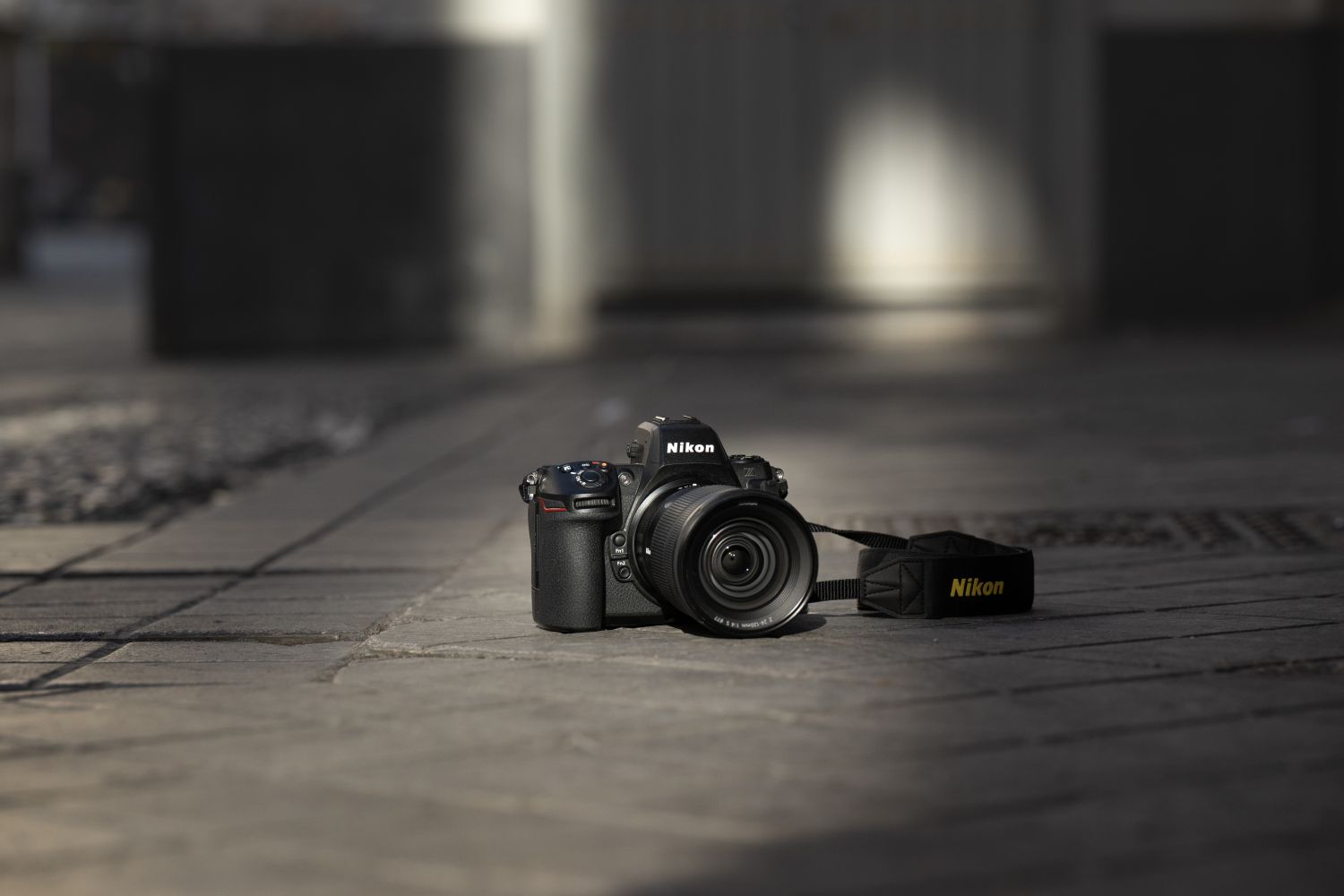
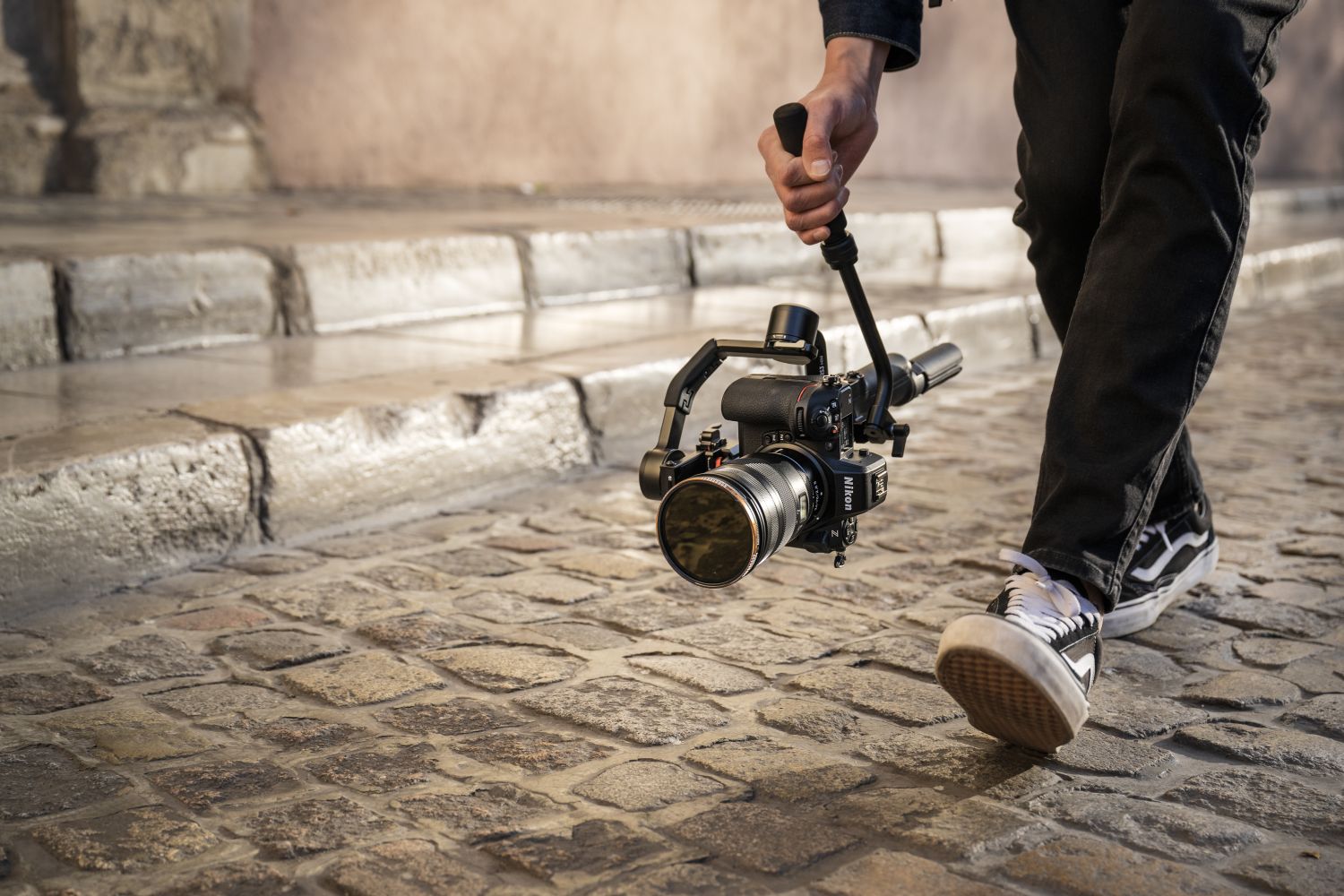
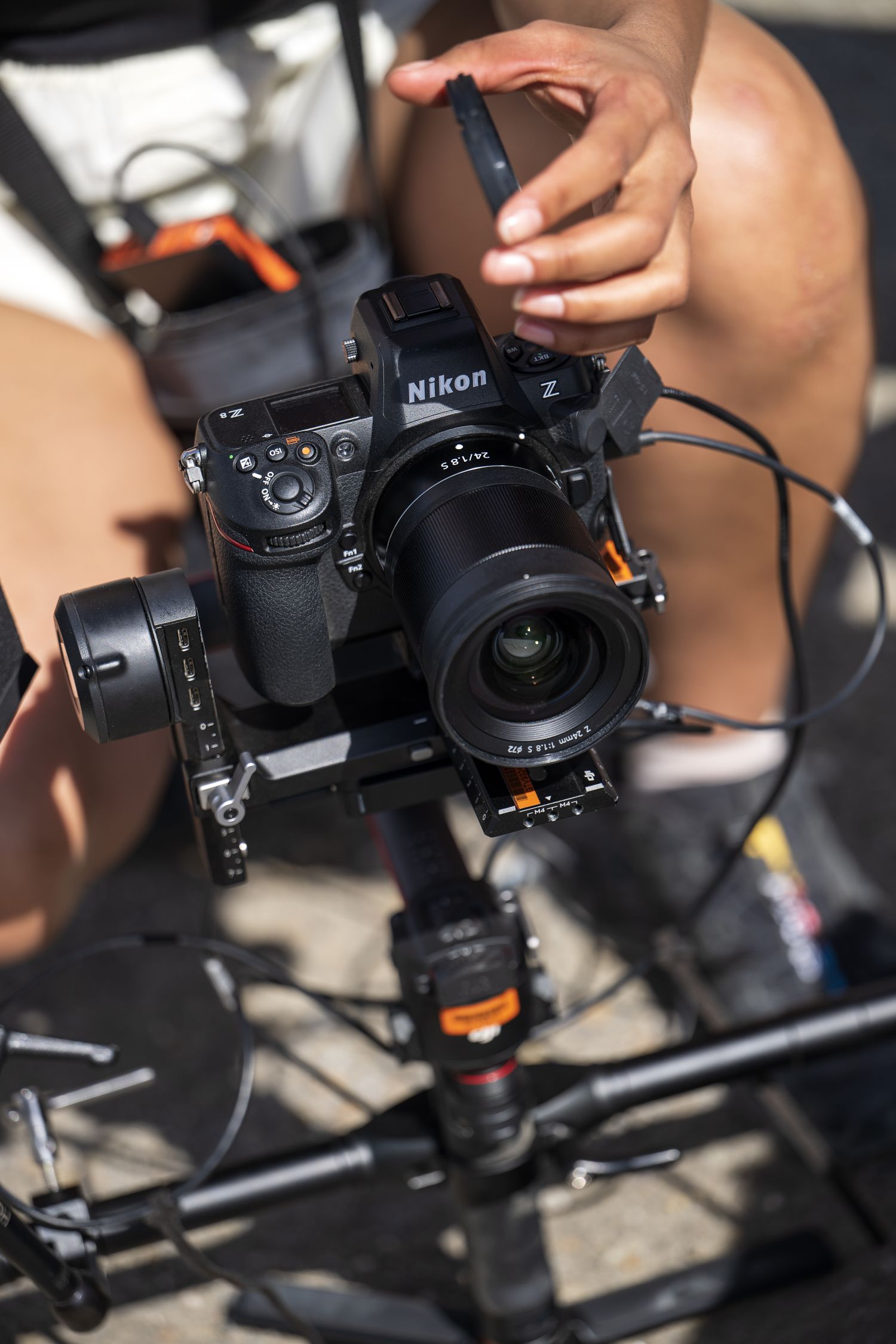
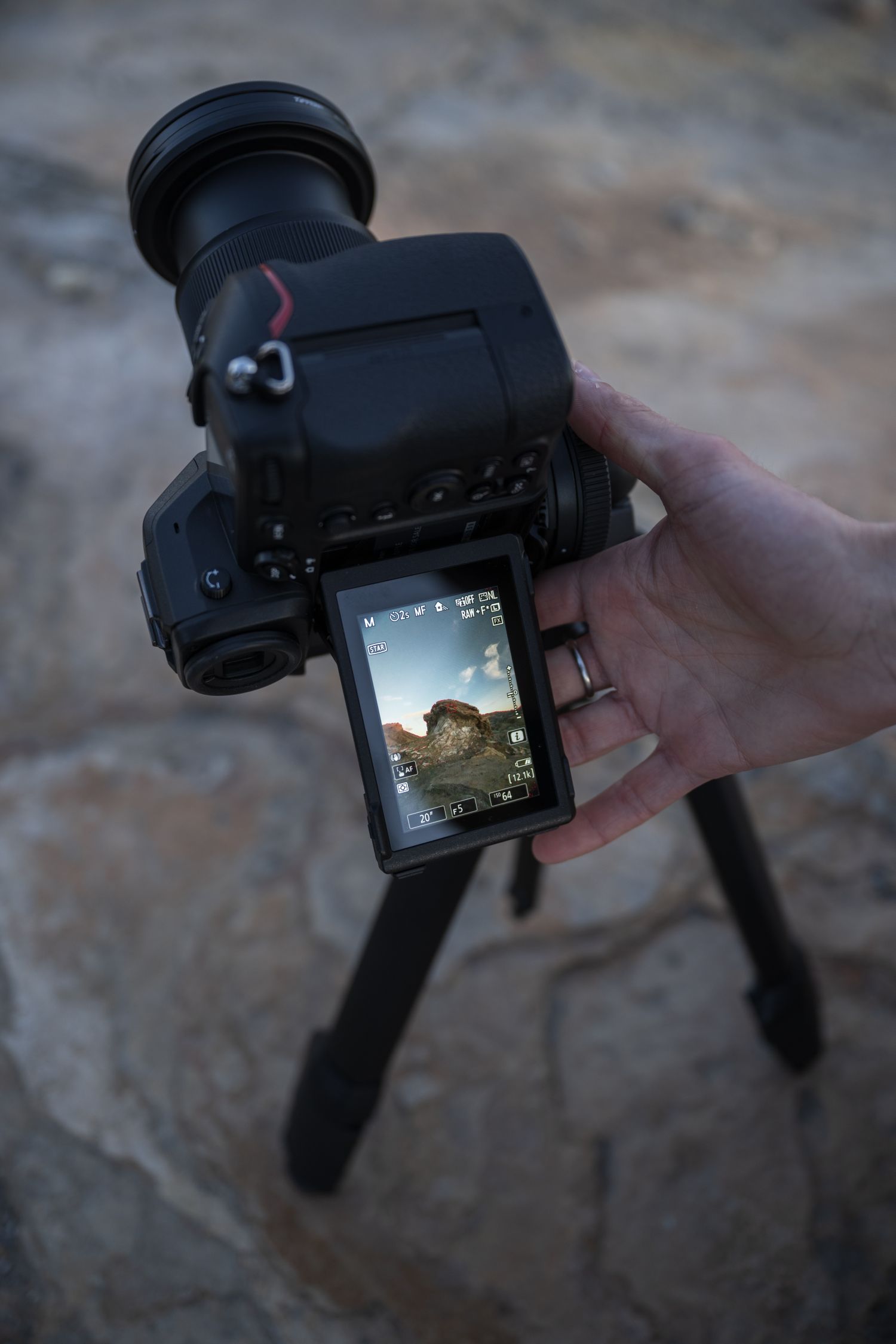
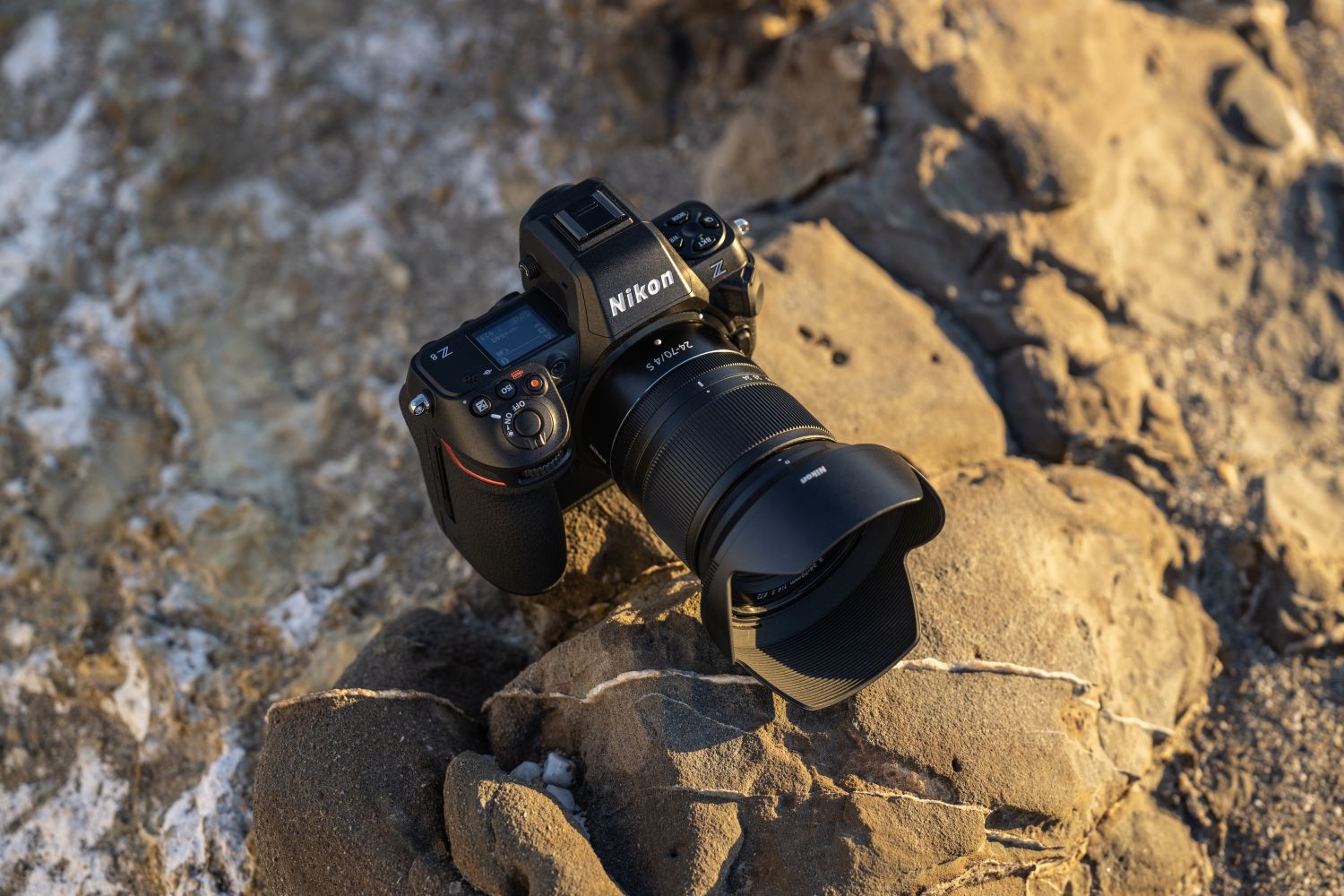

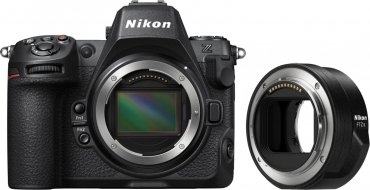
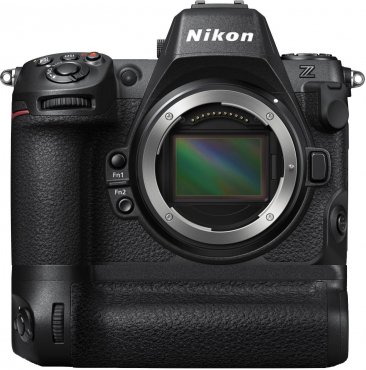
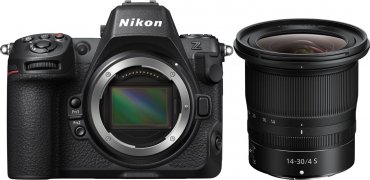
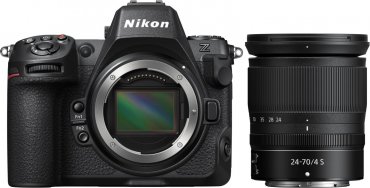
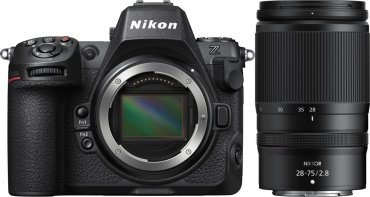
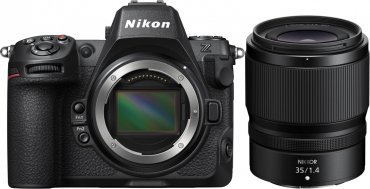
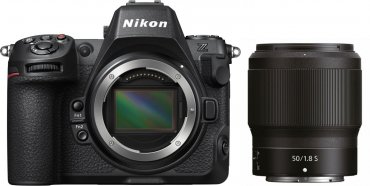
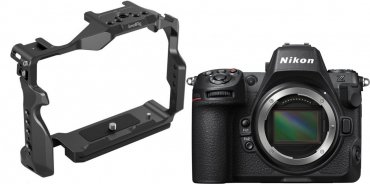
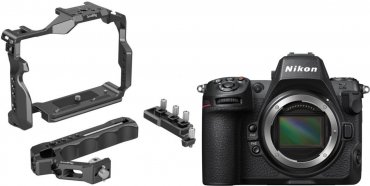
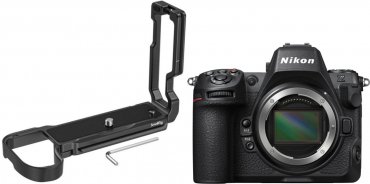
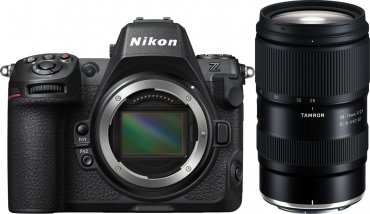
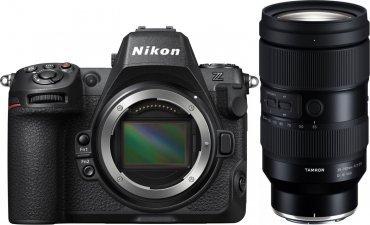
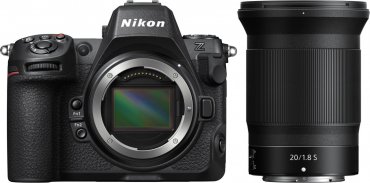
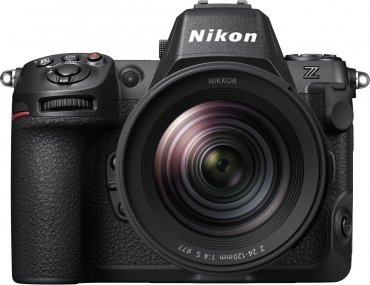
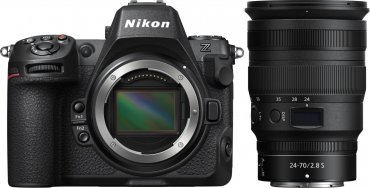


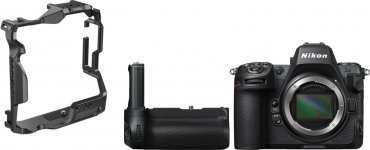
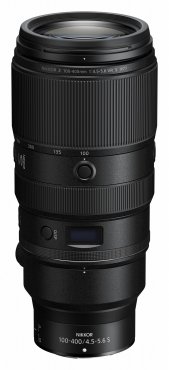

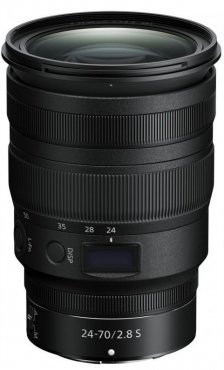

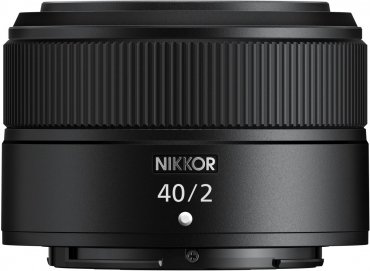

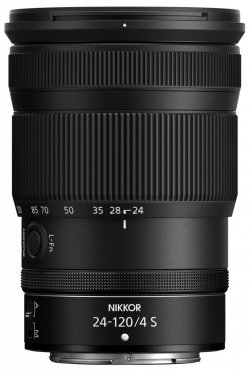
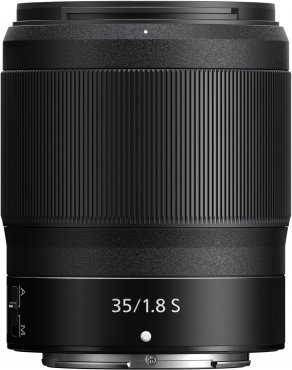
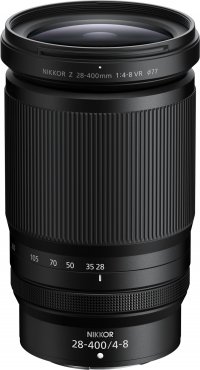
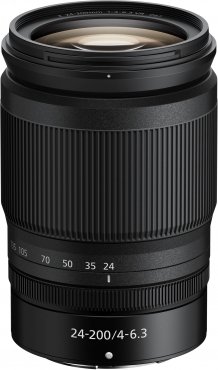
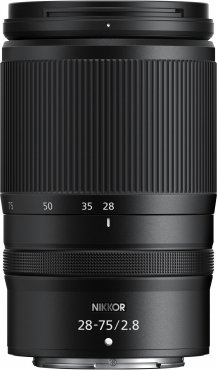

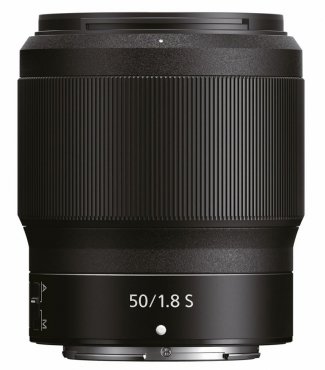
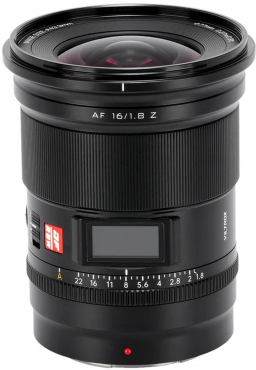
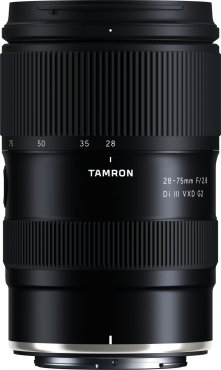
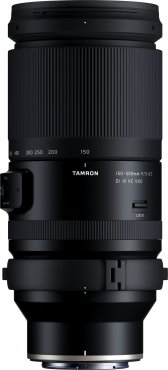
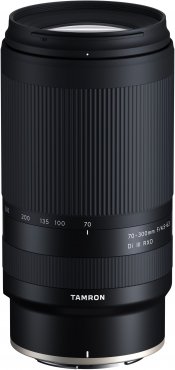
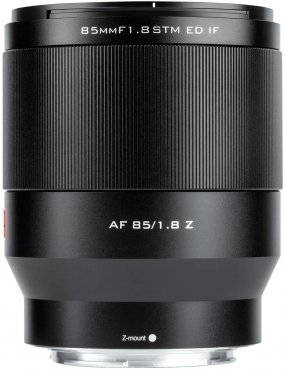

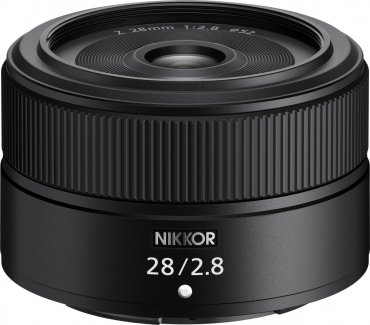
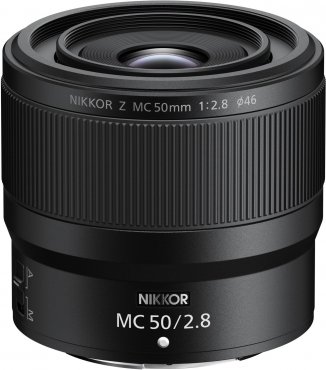
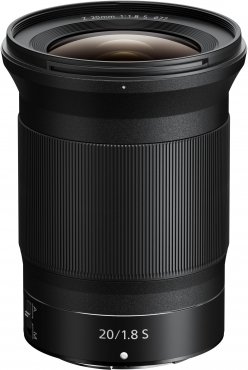

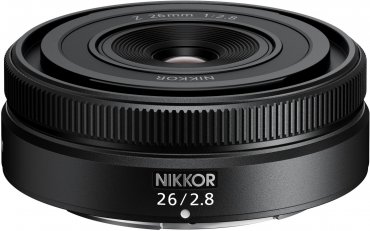
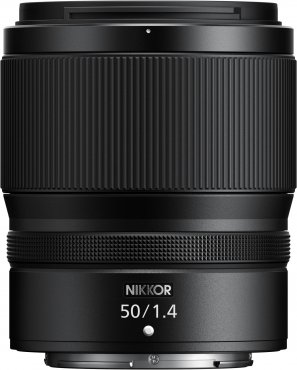

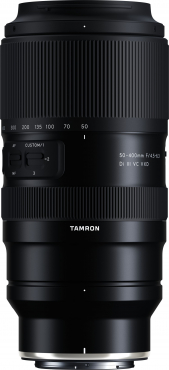
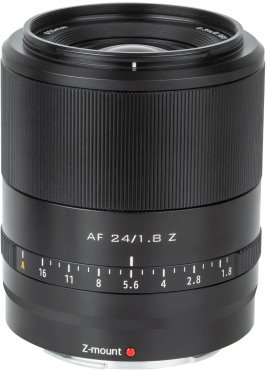
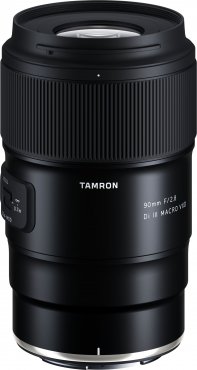
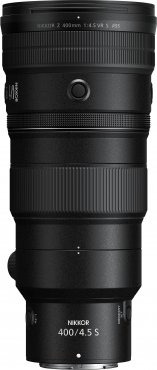
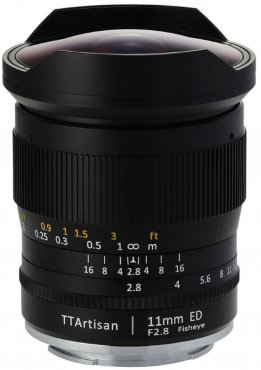
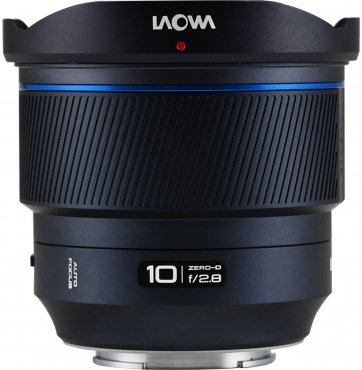

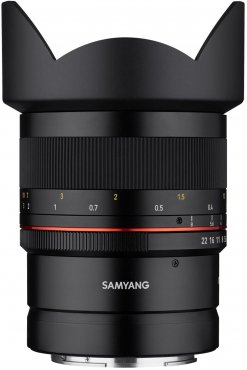
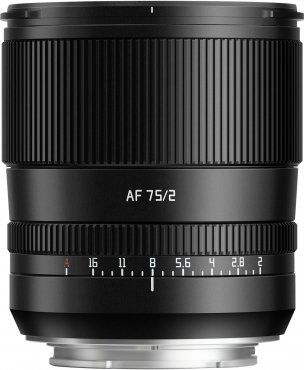
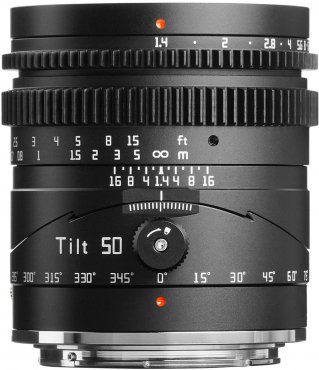

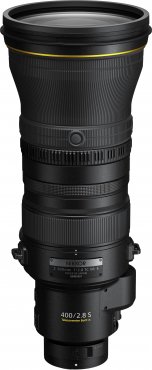
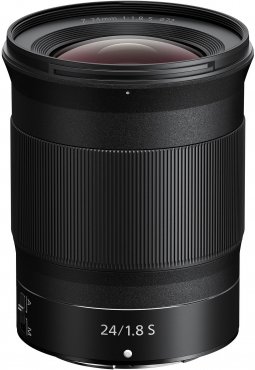
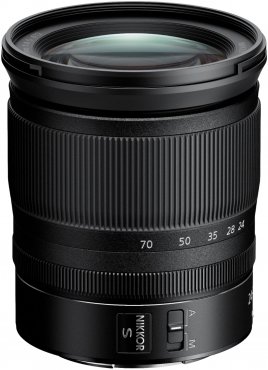
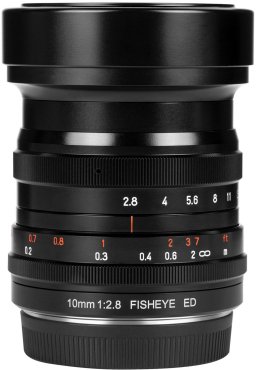
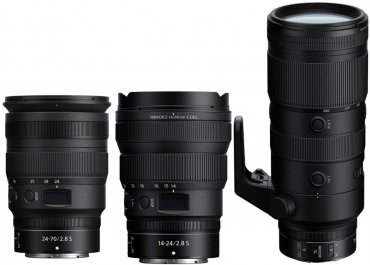
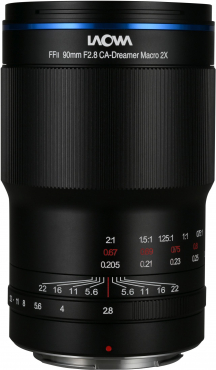
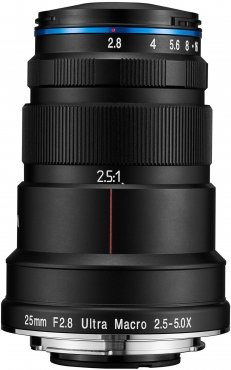
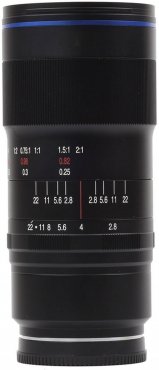
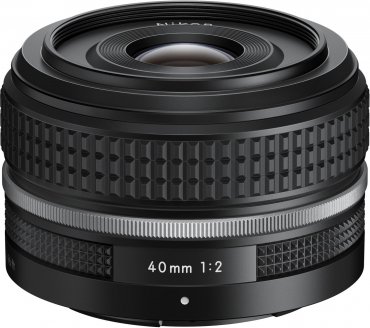
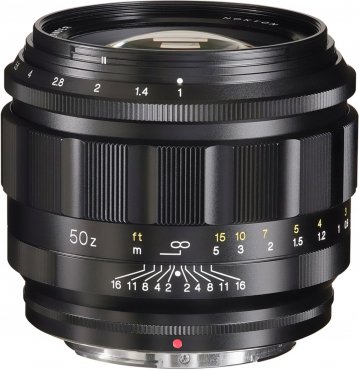
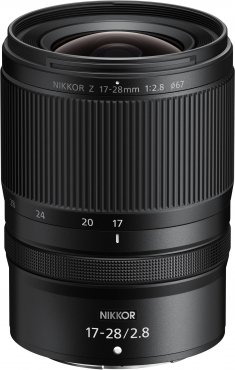



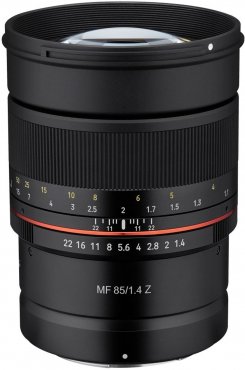
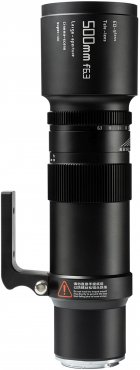
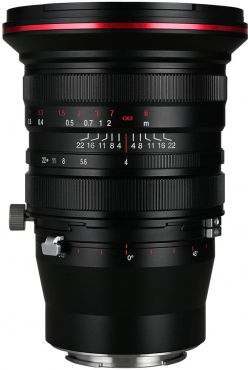
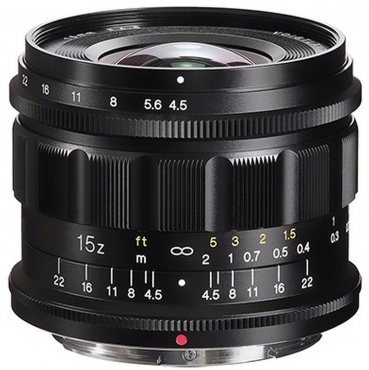
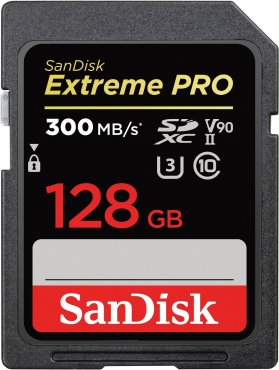
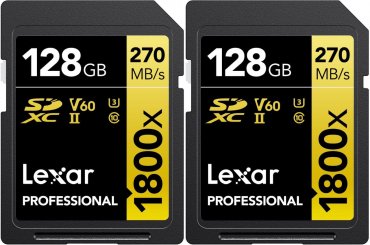
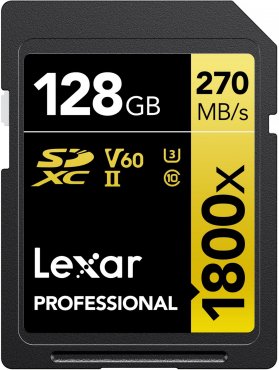
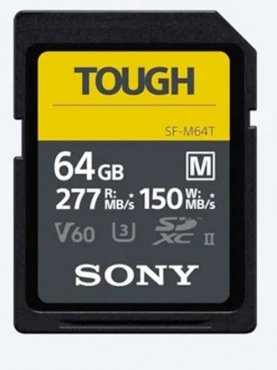

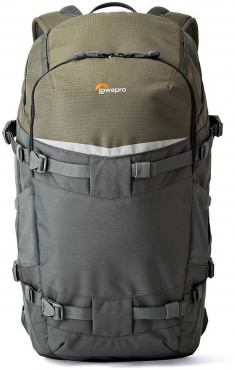
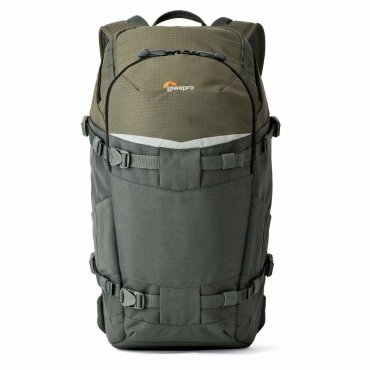
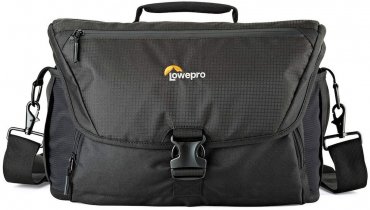
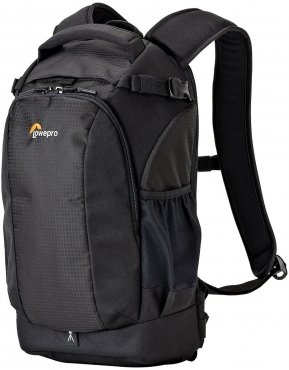
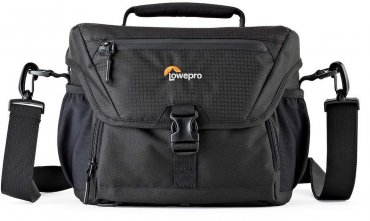
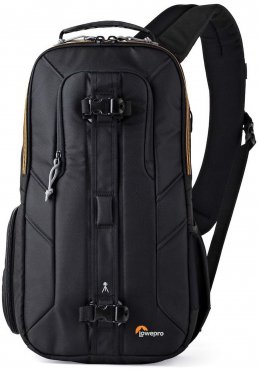
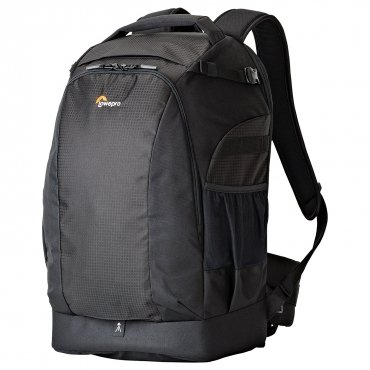


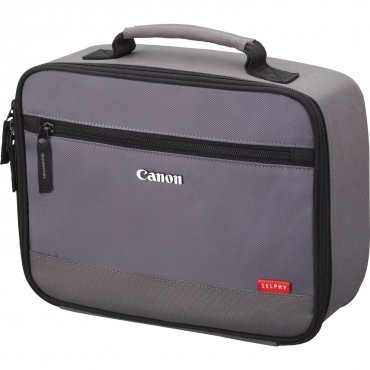
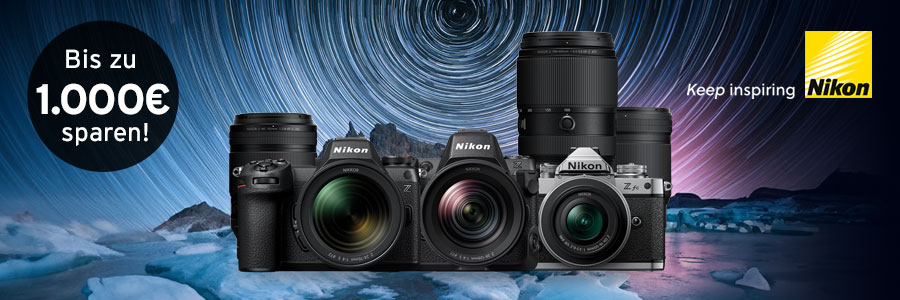
Simply subscribe and benefit as a newsletter recipient every week: